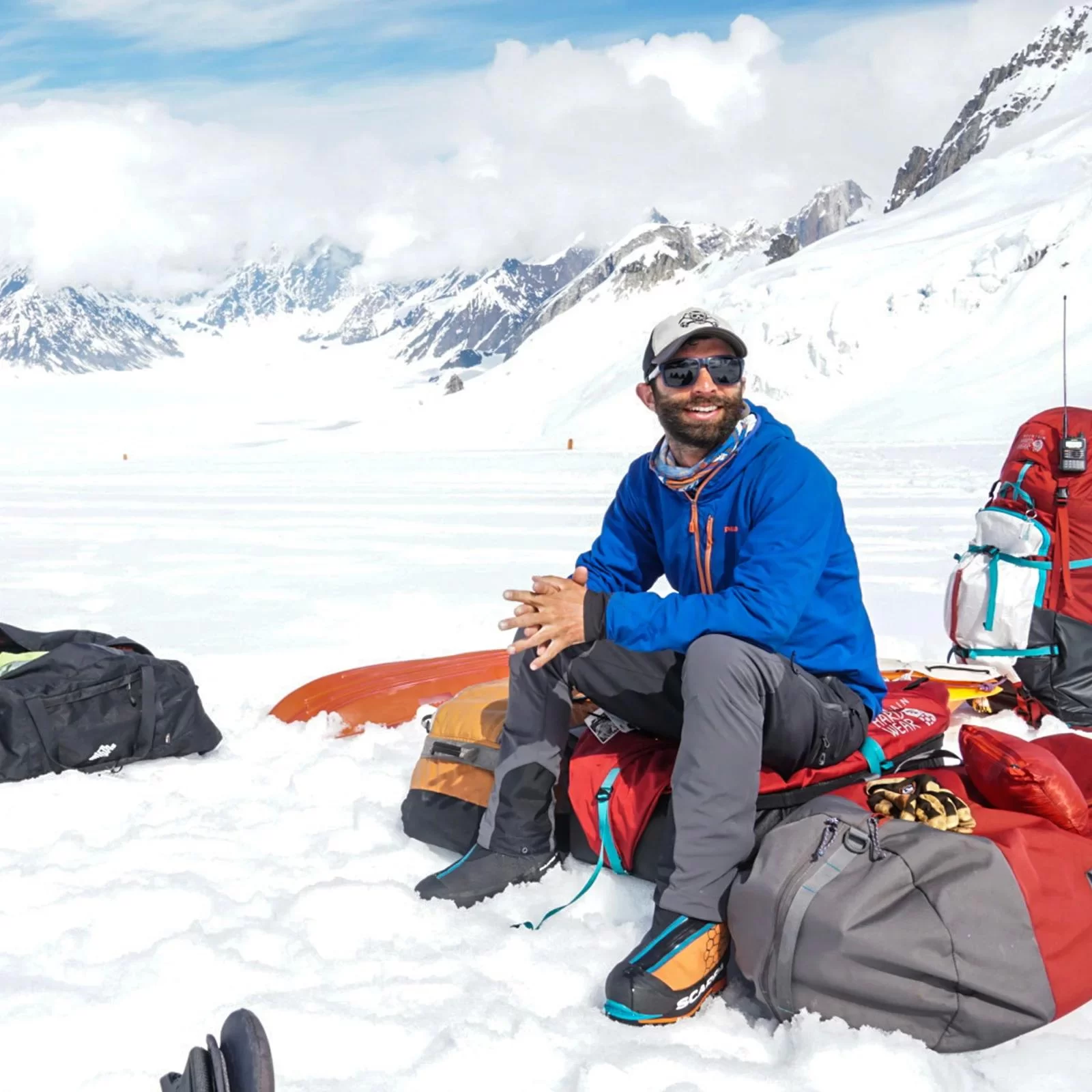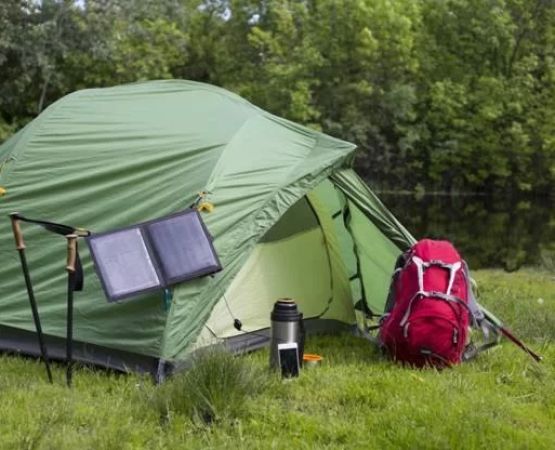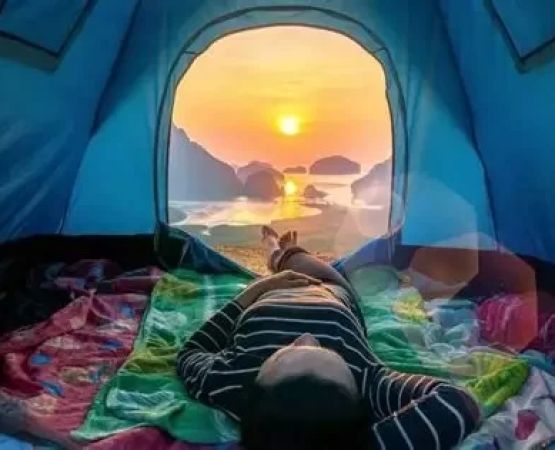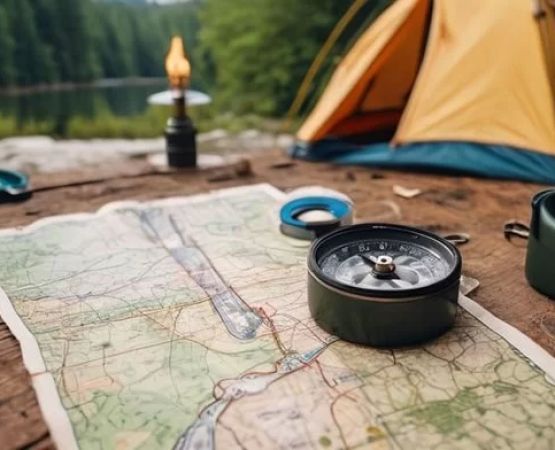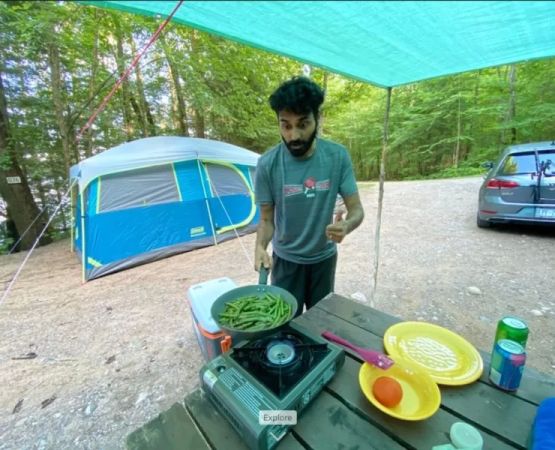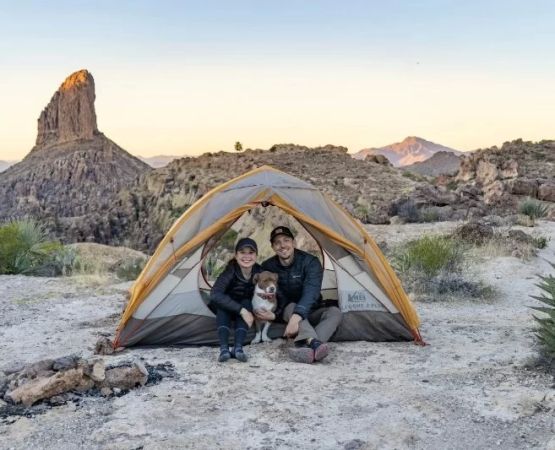The Best Camping Equipment for Extreme Weather Conditions – Essential Gear for Harsh Climates
- Understanding Extreme Weather Camping
- Essential Gear for Extreme Weather Camping
- Choosing a Winterized Tent for Extreme Conditions
- Cold Weather Sleeping Bags and Pads
- Protecting Yourself from the Elements
- Real Camping Stories in Extreme Weather
- Explore Extreme Weather Camping at Pine Cliff Resort
1. Understanding Extreme Weather Camping
Camping in extreme weather conditions is not for the faint of heart. Whether you're facing freezing temperatures, heavy winds, or unexpected storms, these challenges require careful planning and the right equipment. Understanding the risks involved is the first step in having a safe and enjoyable experience. Extreme weather conditions can bring beautiful, serene landscapes but they also demand that you are well-prepared with the best camping equipment for harsh climates.
Before venturing out, take the time to assess the weather forecast and understand the terrain you’ll be camping in. Snow, rain, and high winds can drastically change the camping experience, and the gear you choose will determine your safety and comfort. In this article, we’ll explore the must-have camping gear for extreme weather conditions to ensure your camping adventure is both thrilling and safe.
2. Essential Gear for Extreme Weather Camping
Camping in harsh environments requires equipment that can withstand the elements while keeping you safe and comfortable. The following gear is essential when preparing for extreme weather conditions:
2.1. High-Quality Tent
The best camping equipment for extreme weather conditions starts with a durable, weather-resistant tent. Your tent should be designed for winter or stormy conditions, capable of withstanding heavy snow, high winds, and cold temperatures. Look for tents made with four-season materials, which offer added durability and insulation. A good winter tent will also have a sturdy frame, reinforced poles, and a design that minimizes the impact of wind and snow.
2.2. Insulated Sleeping Bag
Another key item in your extreme weather gear kit is a sleeping bag designed for cold temperatures. Cold-weather sleeping bags are rated for specific temperature ranges, so choose one that is rated lower than the expected low temperature. Down-insulated sleeping bags are light and provide excellent warmth, but synthetic options are also available for damp conditions. Pair your sleeping bag with an insulated sleeping pad to create a barrier between you and the freezing ground.
2.3. Weatherproof Clothing
Layering is the best approach to clothing in extreme weather. Your first layer should be moisture-wicking, followed by an insulating mid-layer and a weatherproof outer layer. Waterproof and windproof jackets, pants, and gloves are crucial to protect yourself from the elements. Be sure to also pack waterproof boots and a high-quality hat to protect your extremities from the cold.
3. Choosing a Winterized Tent for Extreme Conditions
A winterized tent is a cornerstone of your extreme weather camping setup. Unlike regular tents, winter tents are designed to handle snow accumulation, gusty winds, and freezing temperatures. Here’s what to look for when selecting a winter tent:
3.1. Durability and Structure
Winter tents should have a strong, sturdy structure with a reinforced frame. The poles need to be robust enough to withstand high winds and snow load. Look for tents that have a low-profile design to reduce wind resistance, and ensure they come with a snow skirt to keep the cold and snow from entering the tent.
3.2. Insulation and Ventilation
Good insulation is essential for keeping the warmth inside the tent, while ventilation is just as important to avoid condensation buildup. Many winter tents come with adjustable vents to control airflow while minimizing heat loss. The combination of insulation and ventilation will keep the temperature inside your tent manageable, even in extreme conditions.
3.3. Size and Space
While a larger tent might provide extra comfort, it’s important to balance size with wind resistance and weight. Smaller tents generally perform better in extreme weather, but ensure there is enough space for all your gear, as cramped conditions can make your stay uncomfortable.
4. Cold Weather Sleeping Bags and Pads
Staying warm at night in extreme weather conditions is paramount. The best camping equipment for extreme weather includes sleeping bags and pads specifically designed to handle cold temperatures.
4.1. Temperature Ratings
When choosing a sleeping bag for extreme weather camping, it’s crucial to pay attention to its temperature rating. Ensure your bag is rated for temperatures colder than you expect. If you plan to camp in freezing or below-freezing temperatures, look for bags rated at least 10°F lower than the lowest expected temperature.
4.2. Insulated Sleeping Pads
Just as important as the sleeping bag, an insulated sleeping pad creates a barrier between you and the cold ground. The more insulation your sleeping pad offers, the better your ability to retain body heat. Be sure to choose a pad with a high R-value, which measures the pad’s ability to insulate you from cold surfaces.
5. Protecting Yourself from the Elements
In extreme weather, your shelter and clothing may not be enough to protect you from the elements. Here are some additional strategies for staying safe and comfortable:
5.1. Staying Dry
Staying dry is essential for preventing hypothermia in extreme weather. Moisture from sweat, snow, or rain can quickly lower your body temperature. Make sure your gear is waterproof, and wear moisture-wicking clothing that moves sweat away from your skin.
5.2. Food and Water
Keeping your energy up is vital. In cold conditions, your body burns more calories to stay warm. Pack high-calorie, easy-to-prepare meals, and make sure you have a reliable way to melt snow for water. A stove designed for winter conditions will help you cook and melt snow, even in freezing temperatures.
5.3. Navigation and Communication
In extreme weather, it can be easy to lose track of your surroundings. Ensure you have reliable maps, a GPS, and a compass. A satellite phone or emergency beacon is also advisable if you're heading into remote areas.
6. Real Camping Stories in Extreme Weather
Extreme weather camping often brings unforgettable experiences. Here are a few real-life stories from campers who tackled tough conditions:
6.1. Mark’s Arctic Adventure
Mark and his friends decided to camp in the Arctic tundra during the winter. With temperatures dropping to -20°F (-29°C), they relied on top-tier winter tents and sleeping bags to survive the harsh conditions. Despite the extreme cold, they experienced stunning landscapes and clear skies, making the effort worthwhile.
6.2. Sarah and Paul’s Snowstorm Survival
During a winter camping trip, Sarah and Paul encountered an unexpected snowstorm. With winds reaching 40 mph and snow piling up quickly, they relied on their winterized gear to stay warm and secure. Their story serves as a testament to the importance of preparation in extreme weather conditions.
7. Explore Extreme Weather Camping at Pine Cliff Resort
If you're looking for an adventure in extreme weather conditions, Pine Cliff Resort is the ideal location. Nestled in the heart of nature, Pine Cliff offers an extraordinary experience for winter campers. With top-notch facilities, stunning views, and access to rugged terrain, it’s the perfect place to test your gear and enjoy an unforgettable camping experience.
Ready to experience extreme weather camping? Visit Pine Cliff Resort and start planning your adventure today!

